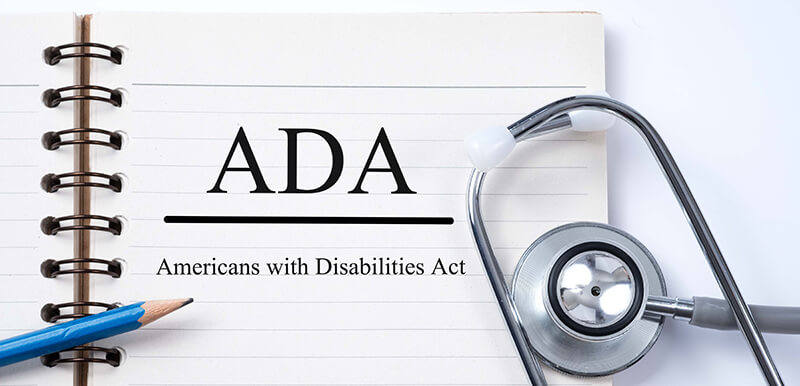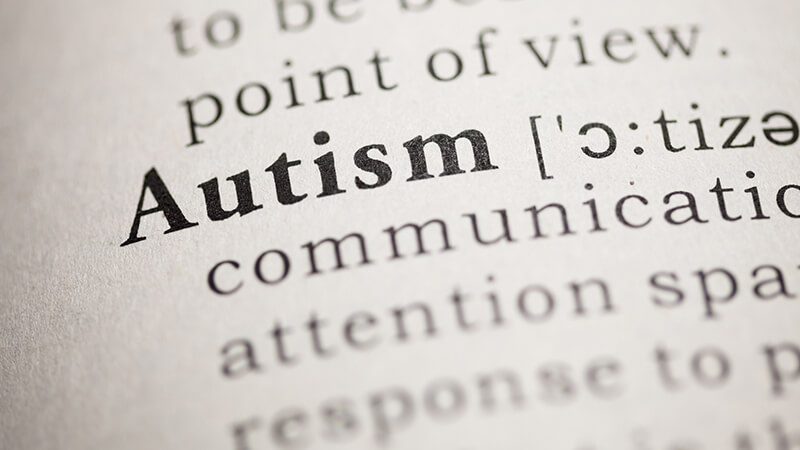For young adults with disabilities and their loved ones, it can be important to be prepared with information about the ADA to best advocate for their needs and their best interests. Especially as young people begin college, vocational programs, or other forms of training, (and then enter the workplace), it is important to know how the ADA can serve young adults with disabilities.
What Qualifies as a Disability?
The ADA applies to any person who fits the definition of “disabled.” According to the ADA National Network, a disability means any person who has a “physical or mental impairment that substantially limits one or more major life activities, a record of such impairment, or being regarded as having such an impairment.”
In other words, someone qualifies for protection under the ADA if they have record of a disability, or if are thought to have a disability. This allows for protection of rights (and prohibition of discrimination), regardless of one’s ability to immediately provide documentation of a disability. The idea behind this stipulation of the legislation was to prevent any sort of hold up with any form of protection under the ADA.
While the ADA does not list all included disabilities, they do include wheelchair confinement, blindness, deafness, learning disabilities, and some kinds of mental illnesses.
Title I: Employment
The ADA actively prohibits any employer with 15 or more employees from discriminating against hiring persons with disabilities. This protection also extends to discrimination in regards to promotions, training, and other “privileges of employment.”
Additionally, the ADA forbids employers from asking questions about disabilities during the application and hiring process, and requires them to provide necessary, reasonable accommodations for any employees with disabilities. If you are an advocate for a young adult with disabilities, it is important to note that this includes modifications or adjustments to job requirements and/or facilities to allow a person with a disability to perform “essential job functions.”
Title 2: State and Local Government
In addition to ensuring protection for persons with disabilities in the workplace, the ADA also requires both state and local governments to provide the same services for people with disabilities that they provide for those without disabilities. This includes, among other public transportation, activities, education, health services, and access to public buildings that follow the architectural standards set forth by the ADA.
What is important to note here is that as part of the requirements for state and local governments is listed under Section 504 of the Rehabilitation Act. Like an Individualized Education Plan (IEP), a 504 plan provides educational accommodations for people with disabilities. Unlike an IEP, however, a 504 plan can include things like needing an elevator pass for someone with rheumatoid arthritis, or extended time on a test for someone with anxiety. It is a way to accommodate for the cursory aspects of one’s education that can still have a big effect on their overall success.
Other Stipulations of the ADA
Other ways the ADA protects people with disabilities? The ADA extends to public facilities and into telecommunications as well. Because of the ADA, all public buildings and telecommunication divisions must be accessible for all people, and provide necessary accommodations needed for people with disabilities to patronize their space or utilize their networks.
How New Directions Can Help
At New Directions for Young Adults, we are fluent in the inner workings of the ADA and how it can have a huge impact on the life of the young person in your life. In fact, the creation of New Directions was created to help young adults with special needs transition into adulthood.
We know how the ADA can help young adults who need accommodations, we see it every day. We want to create an individualized service plan, In order to get the young person in your life on the path to independence and success. Contact us today to see how we can help advocate for the young adult in your life.




